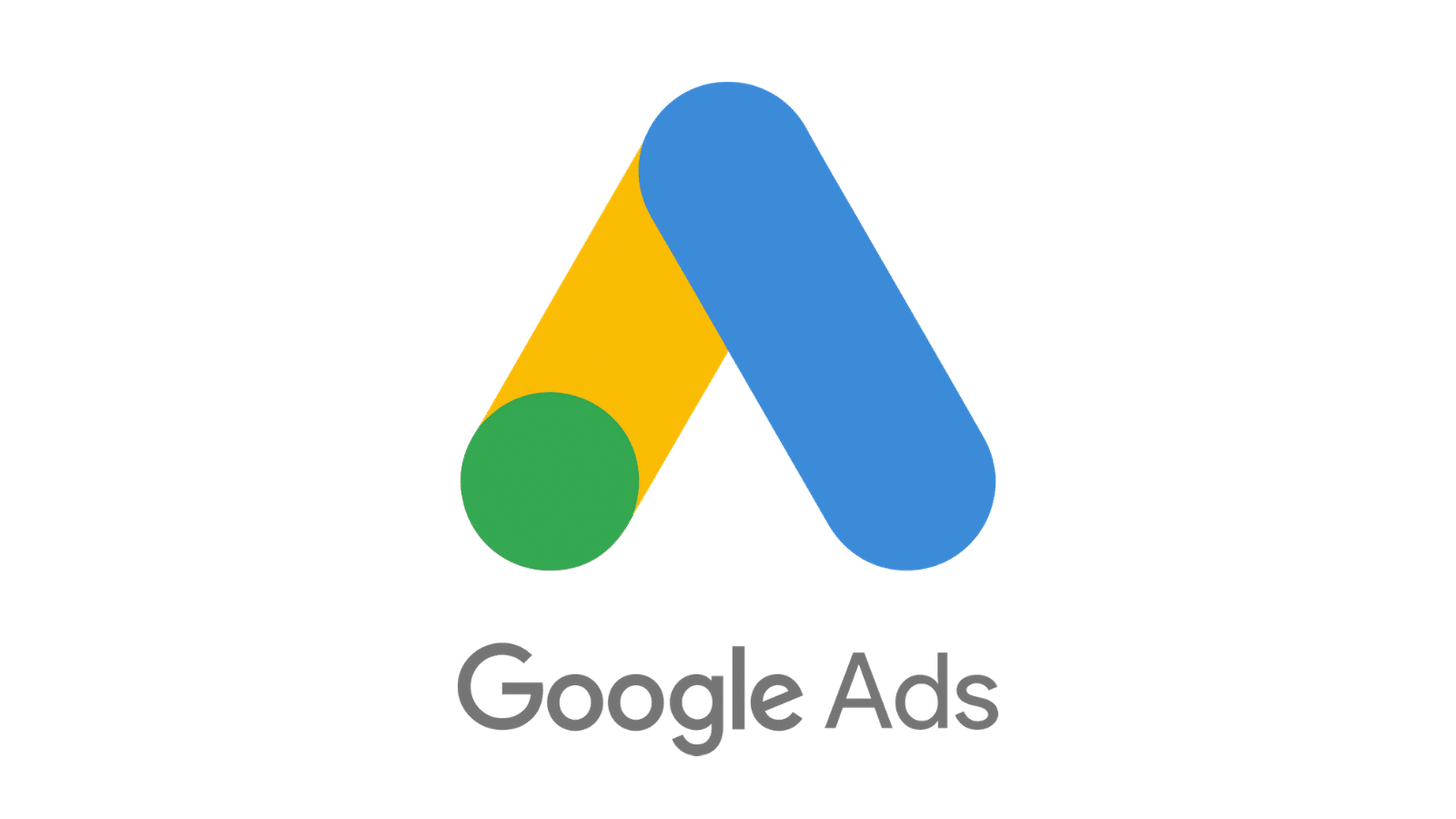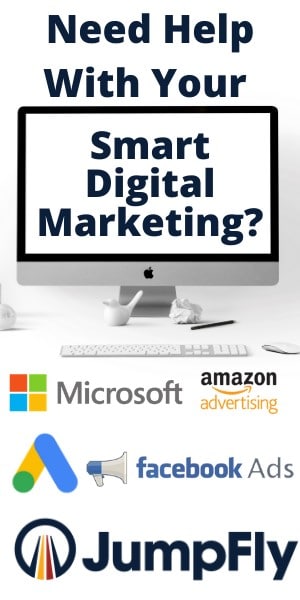Image ads are an integral part of advertising on the Google Display Network (GDN). These powerful ad types can be utilized at the top of the funnel for branding efforts, all the way down to bottom of the funnel for people ready to purchase immediately.
With over 40 image ad sizes available for you to use, creating and implementing them can be confusing. Since image ad creation can get costly, we typically suggest that our clients focus on the top performing ad sizes when they first dip their toe into display advertising.
According to Google, the top performing ad sizes are:
- 300×250 – Medium Rectangle: This size ad is ideal for both mobile and desktop because it easily translates across all types of devices. It is the most common ad size used due to its versatility. The medium rectangle ad shape is shown below.
- 336×280 – Large Rectangle: Similar to the medium rectangle above, the large rectangle ad works well on desktop, but is unavailable on mobile due to its larger size. The shape is the same as shown above for the medium rectangle.
- 729×90 – Leaderboard: When this ad size is placed at or near the top of a website, it commands attention. The focus of the viewer is immediately drawn to the ad before scrolling down to read the content of the site. The leaderboard shape is shown below.
- 300×600 – Half Page: The largest of the popular ad sizes, this ad provides adequate space for any advertiser to get their message across. Due to its size, this ad stays in view longer as the user scrolls past it. The half page ad is the shape shown below.
- 320×100 – Large Mobile Banner: Ideal for mobile (but unavailable on desktops and tablets), this ad size has proven effective because it provides double the space of a standard mobile banner. As mobile use continues to grow year-over-year, the large mobile banner ad size will become increasingly important and common. The large mobile banner shape is shown below.
While these five ad sizes are the most popular, there are also other size variations that work well and make sure you are able to serve in as many GDN ad spaces as possible. If you are ready to expand beyond the five sizes mentioned above, the next set we would recommend creating would be:
- 250×250 – Square (also for mobile)
- 200×200 – Small Square (also for mobile)
- 320×50 – Mobile Leaderboard (not available on desktop/tablets)
- 468×60 – Banner
- 234×60 – Half Banner
- 120×600 – Skyscraper
- 160×600 – Wide Skyscraper
- 970×90 – Large Leaderboard
If your account includes all 13 of these ad sizes as assets, your coverage on the GDN is going to be excellent. There are other acceptable ad sizes, as well as specialty sizes, but the majority of advertisers get the best results when they focus on the sizes above.
When creating image ads for the GDN, it is important to note that the maximum file size is 1024KB and only the following formats are acceptable:
- JPEG
- SWF
- PNG
- GIF (Animation length must be 30 seconds or less and slower than 5 frames per second.)
If your images are in a different format, do not fit the size parameters, or are larger that 1,024KB, you won’t be able to upload them into your Google Ads account.
Make sure that when you create your image ads, you make them visually appealing, not crowded, easy to read, and make your message known. Try to put yourself in the place of your target audience. If you were in the market for what you’re trying to advertise, what type of ad would be compelling to you?
The great thing about using image ads to advertise on the GDN is that you can do a lot of testing. You can switch up your ads and messaging to see what works best and which get the best return on investment for your business.






